Techniques
Before you actually begin to make the wire-wrapped bracelet, there are a few basic techniques to master that are essential to creating a professional-looking finished piece.
Cutting Jewelry Wire Flush
Your flush cutter
- For safety's sake, cup your hand around the wire as you're cutting to contain any flying scraps.
Creating the Perfect Wrapped Loop
Use the following technique to achieve a perfectly round, neatly wrapped loop. Note: I don't have photographs, but if these instructions are confusing, I'd refer you to the excellent illustrations for making the perfect loop in All Wired Up: Wire Techniques for the Beadworker and Jewelry Maker
- It is worth the time to practice over and over.
- Copper wire
is recommended for practicing so you don't waste precious sterling silver wire.
Cut a 4" piece of 20 gauge half hard sterling silver wire (round)
Holding one end securely in your flat-nose pliers, pull your fingers along the wire a couple of times to straighten it.
Move the flat nose pliers 1 1/2" from the end, and bend sharply at a 90-degree angle to form an "L."
Place the round part of your round nose pliers on short leg of the "L" about ½" from the bend. Curl your wrist in a smooth motion so that a loop begins to form around the round part. As you do so, keep the palm holding the pliers facing away from you.
To wrap and finish the loop, remove the round nose pliers. Clasp the loop securely between the heads of the flat nose pliers in your non-primary hand.
With your other hand, wind, or wrap, the remainder of the wire tail around the stem.
- Make the wraps close and tight.
- Use a pulling motion rather than a pushing motion.
After you have wound the tail end around the stem twice, snip it off carefully. Make sure the remaining bit is flush. Tuck that bit in using your flat-nose pliers.
You've finished making a wrapped loop! If this is your first time, the results may look a little strange. But don't worry. With a little practice, you'll make perfect loops every time.
Next, we'll start making the bracelet, beginning with cutting the wire —using a quick-and-dirty method, or using precise measurements and calculations.
Note: The blog owner may be compensated for the content of this article. See the full disclosure statement regarding compensation in compliance with FTC guidelines.

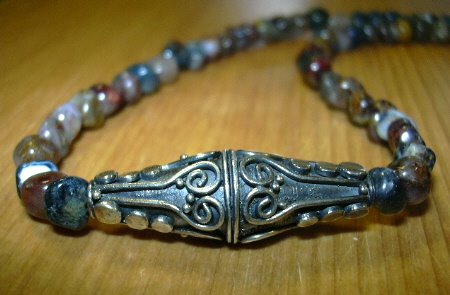
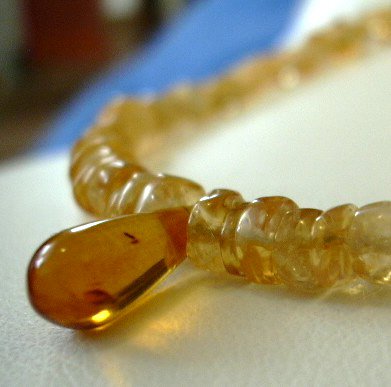
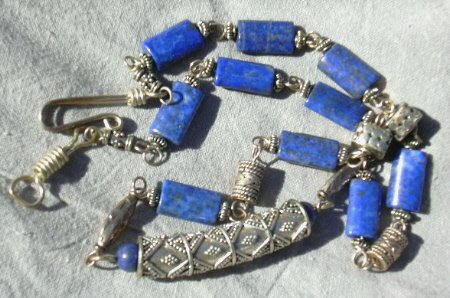
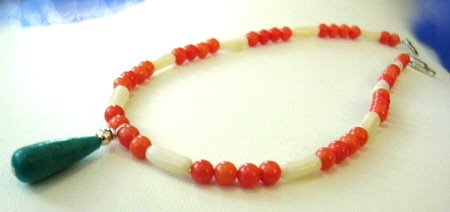
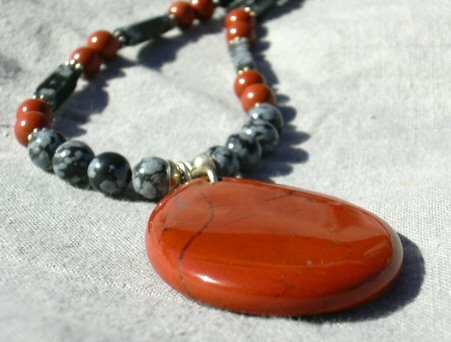
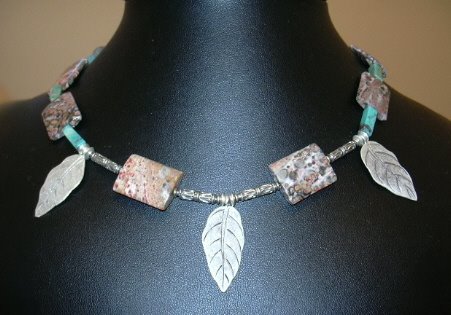
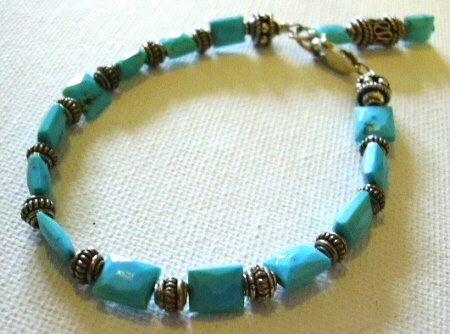
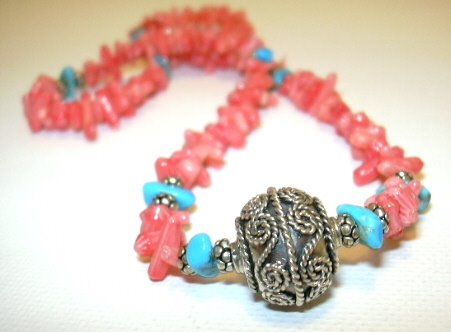
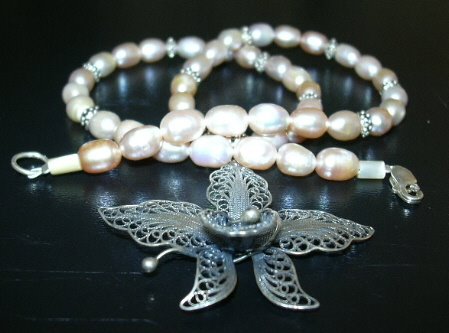
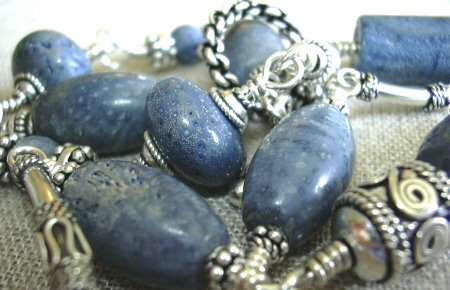
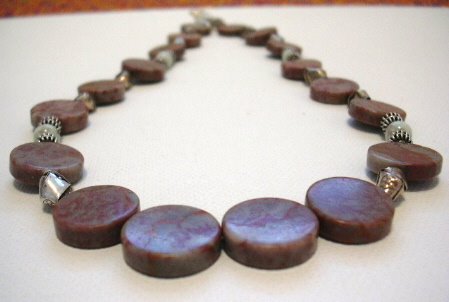
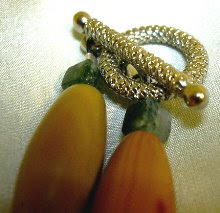

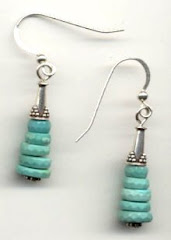
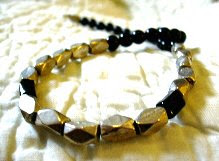
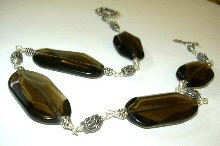
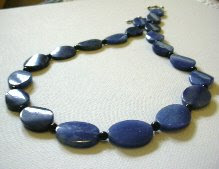
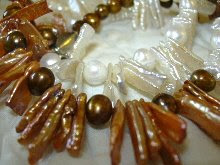
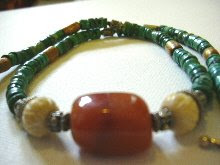
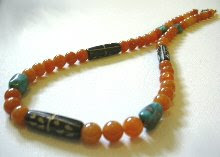
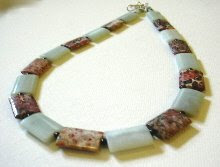
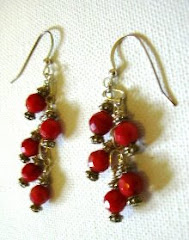
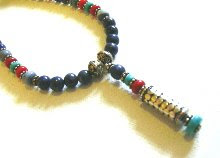
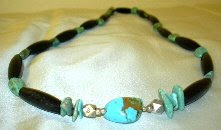
No comments:
Post a Comment